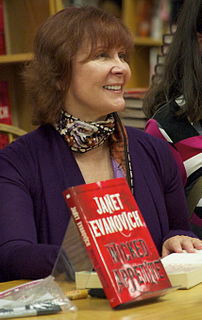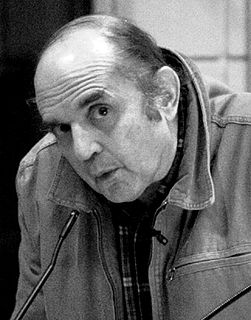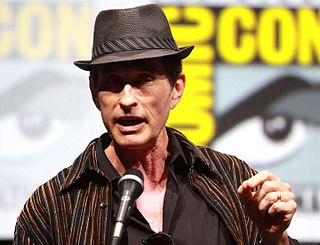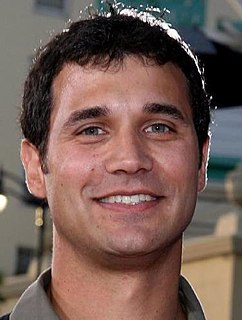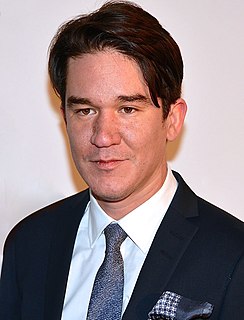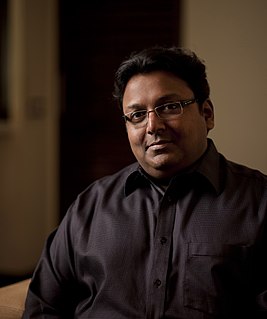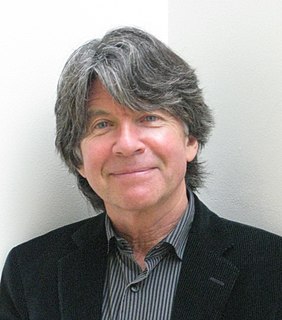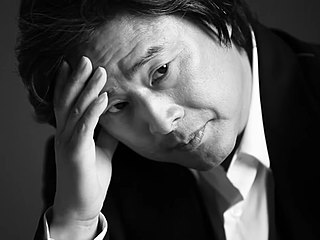A Quote by Janet Evanovich
When I storyboard, they're just fragments of thoughts. I write in three acts like a movie, so I have my plot points up on the preliminary storyboard.
Related Quotes
I generally go into a movie with a very strong vision, with how I want to make the film, how I want to shoot the film, how I want to edit the movie, what I want the sound to sound like. So I have a very concrete idea even if I don't storyboard it, I know exactly what I want to do once I get into the sequence. Now having said that, I try not to let that slave me to the process. So if I do storyboard a sequence I don't necessarily stick to it if I discover more exciting things on set.
Of course there's a value in a storyboard if you do a big - let's say an action movie and actors have to move and act in front of a green screen because entire backgrounds exploding and cars flying through there have to be created separately, and in this case you better make sure the actors are precisely placed and the background action is moving in a certain moment, for this type of film you would need a storyboard.
I do all my work by storyboard, so as I draw the storyboard, the world gets more and more complex, and as a result, my North, South, East, West directions kind of shift and go off base, but
it seems like my staff as well as the audience, doesn't quite realize that this has happened. Don't tell them about it.
I do all my work by storyboard, so as I draw the storyboard, the world gets more and more complex, and as a result, my North, South, East, West directions kind of shift and go off base, but it seems like my staff as well as the audience, doesn't quite realize that this has happened. Don't tell them about it.
I was influenced by autobiographical writers like Henry Miller, and I had actually done some autobiographical prose. But I just thought that comics were like virgin territory. There was so much to be done. It excited me. I couldn't draw very well. I could write scripts and storyboard style using stick figures and balloons and captions.
In Korea is what I do is I watch the playback of each take with all of the actors and spend a lot of time discussing each take. Also, I use the process we call auto-assembly because I storyboard my entire film right at the beginning, even before pre-production ever begins, so my vision is already laid out on the storyboard for everybody to share. It enables the on-set assembly person, as we call them, to cut together each take into a sequence. This enables a director to review the take within the context of the sequence of the scene.
